Home>Interior Design>Can You Wash Couch Cushion Covers? Expert Advice To Avoid Fading And Shrinkage
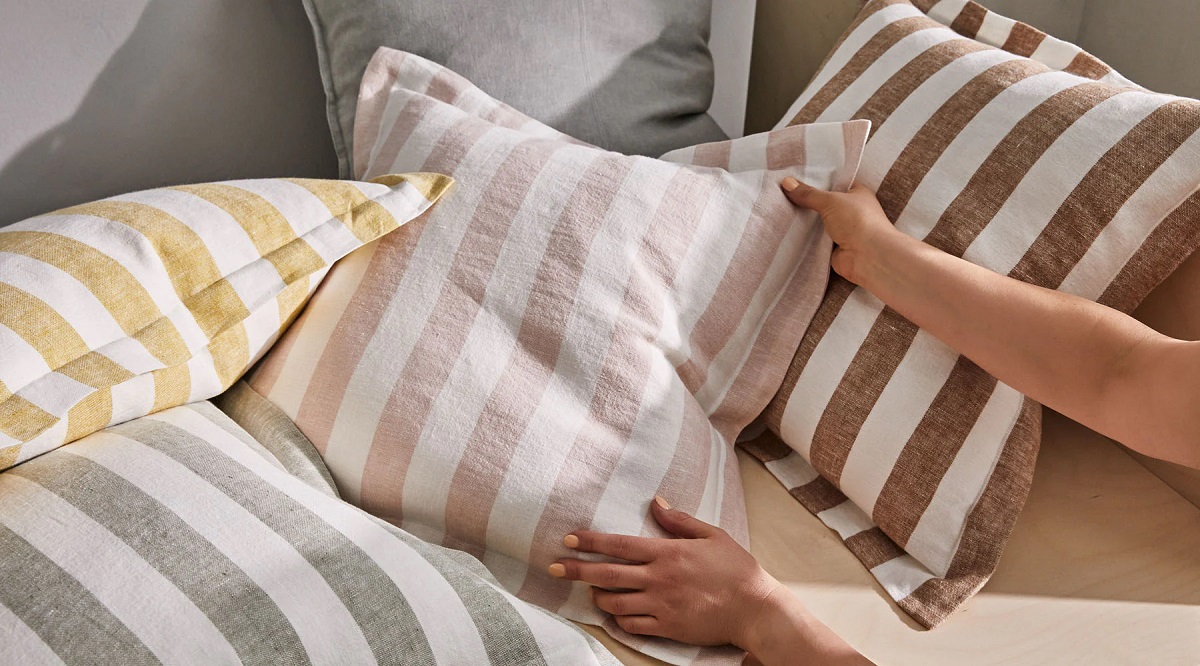

Interior Design
Can You Wash Couch Cushion Covers? Expert Advice To Avoid Fading And Shrinkage
Modified: March 2, 2024
Yes, you can wash couch cushion covers safely to maintain their durability and appearance. Avoid fading and shrinkage with expert advice on interior design.
(Many of the links in this article redirect to a specific reviewed product. Your purchase of these products through affiliate links helps to generate commission for Storables.com, at no extra cost. Learn more)
Introduction
Welcome to our guide on washing couch cushion covers! If you’re a fan of interior design or simply enjoy a cozy and stylish living space, you know how essential couches are in creating a comfortable atmosphere. Couch cushion covers not only protect your cushions from wear and tear but also contribute to the overall aesthetic of your living room.
However, over time, couch cushion covers can accumulate dirt, stains, and unpleasant odors. Regular cleaning is essential to keep your couch looking fresh and inviting. In this article, we’ll explore everything you need to know about washing couch cushion covers and provide expert advice to avoid fading and shrinkage.
Before we dive into the specifics, let’s take a closer look at what couch cushion covers are and the different types available.
Key Takeaways:
- Keep your couch cushion covers looking fresh by following expert advice on washing. Remember to pre-treat stains, separate colors, and air dry to avoid fading and shrinkage.
- Different materials require specific care when washing couch cushion covers. From cotton to velvet, tailor your approach to maintain their quality and appearance.
Understanding Couch Cushion Covers
Couch cushion covers are removable fabric casings that enclose the cushions of your couch. They serve several purposes, including protecting the cushions from spills, stains, and wear and tear. Additionally, they offer an opportunity to change the look of your couch without the need for purchasing a new one.
Couch cushion covers come in a variety of materials, styles, and sizes to suit different couch designs and personal preferences. Some popular materials for cushion covers include cotton, linen, polyester, and microfiber. Each material has its own unique characteristics in terms of durability, comfort, and ease of maintenance.
It’s important to note that not all couches have removable cushion covers. Some couches have fixed cushions, which means the covers cannot be taken off. If you have a couch with fixed cushions, it’s still possible to clean them, but the process may be more involved. It’s best to consult the manufacturer’s instructions or seek professional assistance in such cases.
Now that we have a basic understanding of couch cushion covers, let’s explore the different types available in the market.
Types of Couch Cushion Covers
Couch cushion covers come in a variety of styles, materials, and sizes to suit different couch designs and personal preferences. Understanding the different types can help you choose the right covers for your couch and ensure they can be easily maintained.
1. Zippered Covers: These covers have a zipper closure, allowing you to easily remove them for washing. They are a popular choice for their convenience and ease of maintenance. Zippered covers are typically made from durable materials like cotton or polyester and come in a range of colors and patterns to complement your interior design.
2. Elasticized Covers: Elasticized cushion covers are designed to snugly fit over your couch cushions, providing a sleek and tailored look. These covers are made from stretchable materials like spandex or a blend of fabrics, allowing them to conform to the shape of the cushions. Elasticized covers are often found in modern or contemporary couch designs.
3. Slipcovers: Slipcovers are loose-fitting covers that can be easily slipped over the entire couch, including the cushions. They provide a versatile solution for changing the look of your couch without investing in new furniture. Slipcovers are available in various materials, such as cotton or linen, and can be customized with different colors and patterns.
4. Tied Covers: Tied cushion covers feature ties or strings at the corners or sides, allowing you to secure them tightly around the cushions. These covers offer a more casual and relaxed aesthetic. Tied covers are commonly made from materials like cotton or denim and are often found in cottage-style or bohemian-inspired interiors.
5. Decorative Pillow Covers: In addition to covering the main couch cushions, you can also find decorative pillow covers to enhance the overall look of your couch. These covers come in various shapes, sizes, and patterns and can be easily swapped out to update the style of your couch.
When choosing the right type of cushion cover for your couch, consider factors such as the level of comfort, durability, and ease of maintenance. Additionally, ensure that the size of the cover matches your couch cushions for a proper fit.
Now that we understand the different types of couch cushion covers, let’s move on to the pressing question: Can you wash them?
Can You Wash Couch Cushion Covers?
One of the most common questions homeowners have is whether or not they can wash their couch cushion covers. The good news is that in most cases, couch cushion covers can be safely washed. However, it’s important to note that the specific washing instructions may vary based on the material of the cover.
Before attempting to wash your couch cushion covers, always check the care label attached to the cover. The care label provides important information regarding the recommended washing method, temperature, and any special instructions. Following these guidelines will help you avoid any potential damage or color fading.
While the majority of couch cushion covers can be washed, there are a few exceptions. Some covers may be made from delicate fabrics or have intricate details that make them unsuitable for machine washing. In these cases, professional cleaning or spot cleaning might be the best option to maintain their integrity.
In the next section, we’ll provide expert advice on washing couch cushion covers to ensure they remain clean and fresh without any fading or shrinkage.
Expert Advice on Washing Couch Cushion Covers
When it comes to washing couch cushion covers, following the right techniques and precautions is crucial to maintain their quality and appearance. Here are some expert tips to help you wash your cushion covers effectively:
1. Read the Care Label: Always start by reading the care label attached to the cushion cover. This label will provide specific instructions regarding the recommended washing method, water temperature, and any other special precautions you need to take. Following these guidelines will help you avoid damaging the fabric or causing color bleeding.
2. Pre-Treat Stains: Before washing your cushion covers, it’s a good idea to pre-treat any stains or spots. Use a mild detergent or a stain remover and gently blot the affected area. Avoid rubbing the stain, as it can cause the fabric to fray or the colors to fade. Follow the product instructions for best results.
3. Separate Colors: If you have multiple cushion covers to wash, separate them by color. This will help prevent color bleeding and ensure that each cover retains its original brightness. Washing white or light-colored covers separately from dark-colored ones is especially important to prevent dye transfer.
4. Use a Gentle Cycle: When machine washing your couch cushion covers, opt for a gentle cycle to minimize the risk of excessive agitation. High-speed spin cycles can cause the covers to shrink or become misshapen. Additionally, using cold or lukewarm water is usually recommended to prevent color fading.
5. Avoid Harsh Detergents: Choose a mild detergent specifically formulated for delicate fabrics or a detergent recommended on the care label. Harsh detergents can break down the fibers of the cushion cover and lead to fading or disintegration. Less is more when it comes to detergent, so use the recommended amount or slightly less.
6. Air Dry or Low Heat: After washing, it’s best to air dry your cushion covers to avoid shrinking or damaging the fabric. Hang them outdoors or on a drying rack, ensuring they are exposed to good air circulation. If you prefer using a dryer, use the low heat setting to prevent excessive heat and potential damage to the fabric.
By following these expert tips, you can effectively wash your couch cushion covers while minimizing the risk of fading, shrinking, or other damage. However, it’s essential to keep in mind that different materials require specific care, so it’s important to take additional precautions based on the fabric type.
Next, we’ll share some helpful tips to specifically address the issue of fading and shrinkage when washing couch cushion covers.
Yes, you can wash couch cushion covers. To avoid fading and shrinkage, wash them in cold water, use a gentle detergent, and air dry them instead of using a dryer.
Read more: How To Cover Couch Cushions With Fabric
Avoiding Fading and Shrinkage
Fading and shrinkage are common concerns when washing couch cushion covers. To avoid these issues and preserve the beauty of your covers, here are some tips to follow:
1. Test for Colorfastness: Before washing your cushion covers, perform a colorfastness test. Moisten a small, inconspicuous area of the cover and blot it with a white cloth. If the color transfers, it’s an indication that the dye may bleed during washing. In this case, it’s best to have the covers professionally cleaned instead.
2. Wash in Cold Water: Using cold water helps prevent color fading and minimizes the risk of shrinkage. Hot water can cause the fabric to lose its shape and disrupt the dye molecules, leading to color bleeding and fading. Always check the care label, as some materials may require washing in warm or cool water.
3. Avoid Excessive Heat: When drying your cushion covers, avoid high heat as it can cause shrinkage and damage the fabric. Instead, opt for air drying or use the low heat setting on your dryer. Excessive heat can weaken the fibers and cause them to shrink beyond their original size.
4. Remove Promptly: Whether air drying or using a dryer, it’s important to remove the cushion covers promptly once they are dry. This helps prevent wrinkles and creases from setting in. If you’re using a dryer, consider using a low heat or no-heat setting for the last few minutes to prevent over-drying.
5. Avoid Sun Exposure: Direct sunlight can fade colors over time, so it’s best to avoid hanging your cushion covers out to dry in direct sunlight. If possible, choose a shaded or well-ventilated area for air drying. If using a dryer, remove the covers promptly and keep them away from direct sunlight.
6. Follow Material-Specific Guidelines: Different materials have different care requirements. While these general tips can help with most cushion covers, it’s important to refer to the specific care instructions provided by the manufacturer. Some fabrics may require additional precautions or be best suited for professional cleaning.
By taking these precautions, you can minimize the risk of fading and shrinkage when washing your couch cushion covers. However, it’s important to note that some natural fading may occur over time due to the aging process of certain fabrics.
Now that we’ve discussed how to avoid fading and shrinkage, let’s move on to some general tips for washing couch cushion covers.
Tips for Washing Couch Cushion Covers
Washing couch cushion covers is a simple task when you follow the right techniques and precautions. Here are some tips to help you effectively clean your covers:
1. Remove Excess Dirt: Before washing, give your cushion covers a good shake outdoors to remove any loose dirt or debris. This step helps prevent dirt from settling into the fabric during the washing process.
2. Zip Up Zippers: If your cushion covers have zippers, make sure to zip them up before washing. This prevents the zipper teeth from snagging or damaging the fabric while in the washing machine.
3. Use a Mesh Laundry Bag: For delicate cushion covers or those with delicate trims or embellishments, consider placing them in a mesh laundry bag before washing. This provides an extra layer of protection and helps prevent fraying or snagging.
4. Spot Clean When Necessary: For small stains or minor spills, spot cleaning may suffice instead of washing the entire cover. Use a mild detergent or a specialized fabric cleaner and gently blot the affected area with a clean cloth or sponge. Avoid rubbing, as it can spread the stain or damage the fabric.
5. Treat Odors: If your cushion covers have developed unpleasant odors, sprinkle baking soda on them and let it sit for a few hours. Then, vacuum the baking soda off. This natural deodorizing method helps eliminate odors without the need for washing.
6. Avoid Overloading the Washing Machine: Overloading the washing machine can hinder proper agitation and rinsing, resulting in ineffective cleaning. Ensure there is enough space for the cushion covers to move freely within the machine for optimal cleaning results.
7. Air Dry for Best Results: While some cushion covers may be suitable for machine drying, air drying is generally recommended to prevent shrinkage or damage. Hang the covers outdoors or on a drying rack, making sure they are exposed to good air circulation.
8. Iron or Steam as Needed: Once the cushion covers are dry, you may notice wrinkles or creases. If necessary, use a low heat setting on your iron or a handheld steamer to gently remove the wrinkles. Be cautious with heat-sensitive materials, as excessive heat can damage the fabric.
By following these tips, you can confidently wash your couch cushion covers, ensuring they remain clean, fresh, and in great condition for years to come.
Next, we’ll provide additional precautions to consider for specific types of cushion cover materials.
Additional Precautions for Specific Couch Cushion Cover Materials
Depending on the material of your couch cushion covers, it’s important to take additional precautions to ensure proper care and prevent any damage during washing. Here are some specific tips for different types of cushion cover materials:
1. Cotton: Cotton cushion covers are generally safe to machine wash. However, to prevent excessive shrinkage, consider washing them in cold water and avoid using high heat during drying. Also, keep in mind that cotton fabrics may wrinkle easily, so iron or steam them on a low setting if needed.
2. Linen: Linen covers require gentle handling to maintain their natural texture and appearance. Machine wash them in cold water on a delicate cycle, or hand wash if preferred. Avoid using harsh detergents or bleach, as they can damage the fibers. Air drying is the best option for preserving the shape and quality of linen covers.
3. Polyester: Polyester cushion covers are typically easy to care for. They can usually be machine washed in warm water and dried on a low or medium heat setting. However, be cautious with high heat, as it can cause the fabric to melt or shrink. Avoid using fabric softeners, as they can leave a residue on polyester fibers.
4. Microfiber: Microfiber cushion covers are known for their durability and stain resistance. Most microfiber covers can be safely machine washed in cold or lukewarm water. However, it’s best to avoid using chlorine bleach or fabric softeners, as they can damage the fabric. Air drying or using a low heat setting is recommended for drying microfiber covers.
5. Velvet: Velvet covers require extra care to maintain their luxurious appearance. Refer to the care label for specific instructions, as some velvet fabrics may require professional cleaning. If machine washing is permitted, use a gentle cycle and cold water. To prevent crushing or flattening the velvet pile, air dry the covers or hang them carefully.
Remember to always refer to the care label provided by the manufacturer for specific instructions regarding the washing and care of your cushion covers. When in doubt, it’s best to err on the side of caution and seek professional cleaning or spot cleaning for delicate or intricate materials.
By taking these additional precautions based on the material of your cushion covers, you can maintain their quality and extend their lifespan.
Now that we’ve covered additional precautions for specific cushion cover materials, let’s summarize our main points.
Conclusion
Washing couch cushion covers is an essential part of maintaining a clean and fresh living space. By following the expert advice provided in this guide, you can effectively wash your cushion covers while avoiding fading, shrinkage, and other potential damage.
Remember to always read and follow the care label instructions attached to your cushion covers. This will provide specific guidelines on the recommended washing method, water temperature, and any additional precautions necessary.
Pre-treat stains, separate colors, and use gentle cycles when machine washing your cushion covers. Avoid the use of harsh detergents and excessive heat, as they can cause damage to the fabric. Instead, opt for air drying or use a low heat setting to prevent shrinkage.
Keep in mind that different cushion cover materials may require specific care. Cotton, linen, polyester, microfiber, and velvet each have their own unique needs, so it’s important to tailor your washing approach accordingly.
When in doubt, consult the manufacturer’s instructions or consider professional cleaning for delicate or intricate covers. Additionally, spot cleaning can be a great alternative for minor stains or spills, helping to preserve the integrity of the fabric.
By taking these precautions and following the tips provided, you can maintain the quality and appearance of your couch cushion covers for years to come. Regular cleaning ensures that your couch remains inviting, comfortable, and a beautiful focal point in your living space.
Remember, the key to successfully washing couch cushion covers lies in finding the right balance between effective cleaning and preserving the integrity of the fabric. With a little care and attention, you can ensure that your cushion covers look great and stand the test of time.
So go ahead, confidently wash your couch cushion covers and enjoy a fresh and vibrant living space!
Frequently Asked Questions about Can You Wash Couch Cushion Covers? Expert Advice To Avoid Fading And Shrinkage
Was this page helpful?
At Storables.com, we guarantee accurate and reliable information. Our content, validated by Expert Board Contributors, is crafted following stringent Editorial Policies. We're committed to providing you with well-researched, expert-backed insights for all your informational needs.

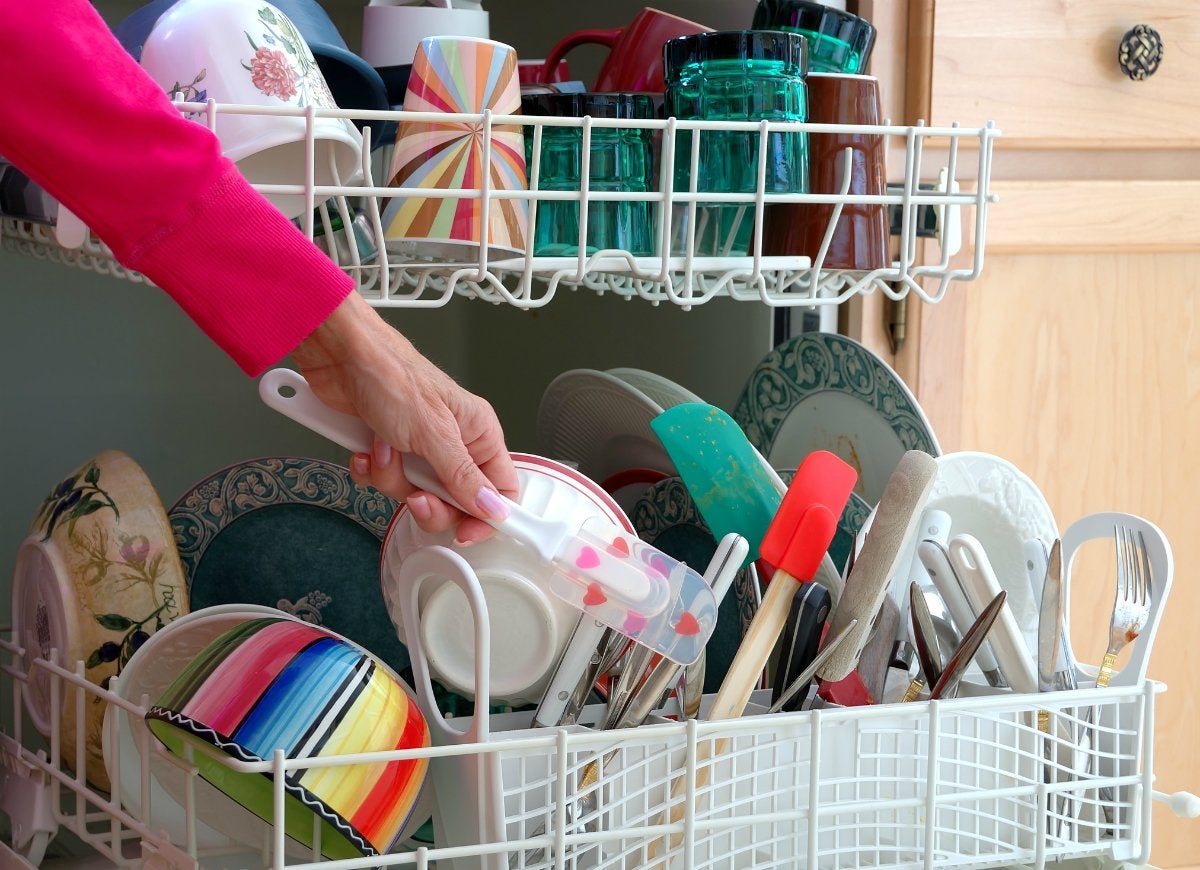
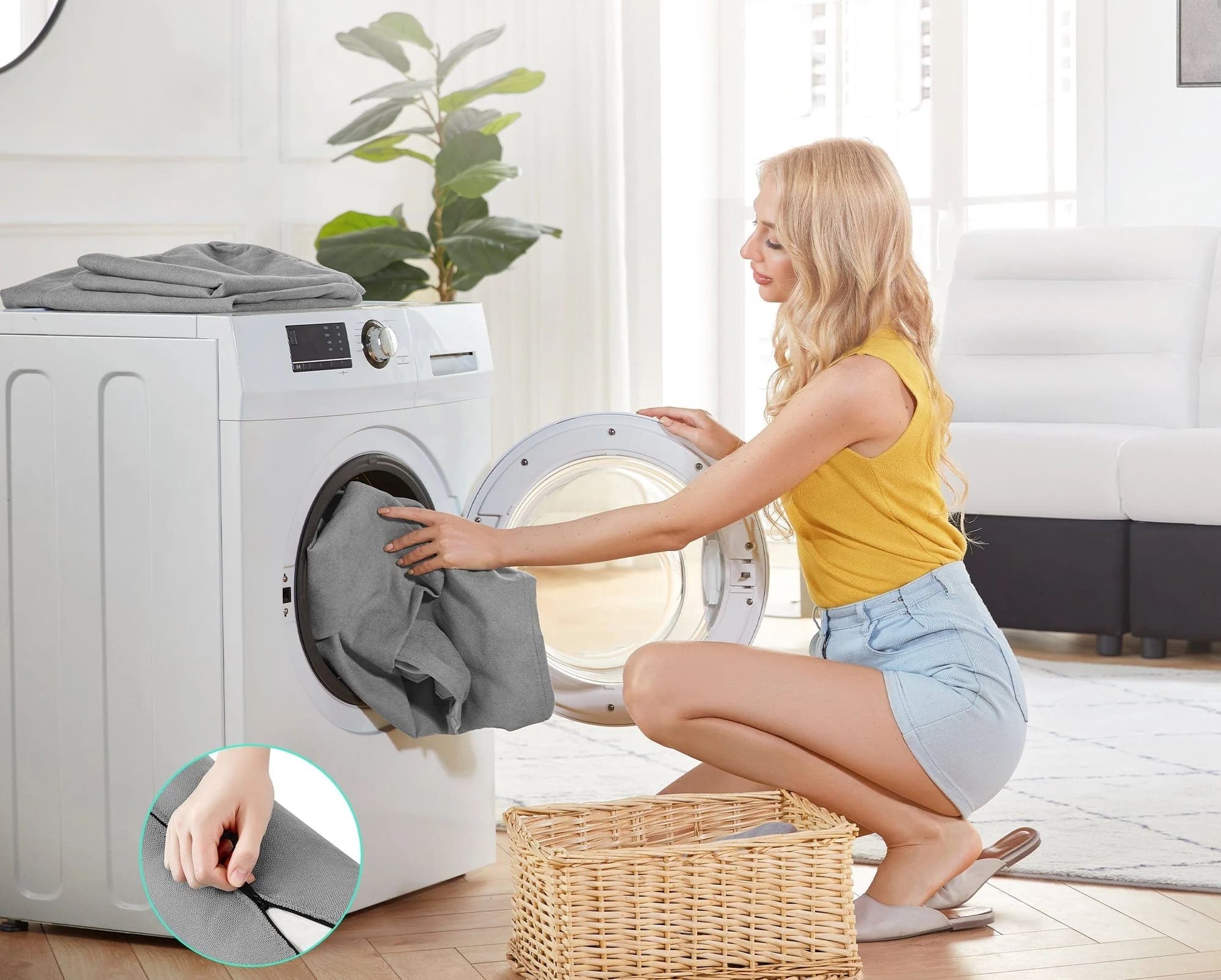
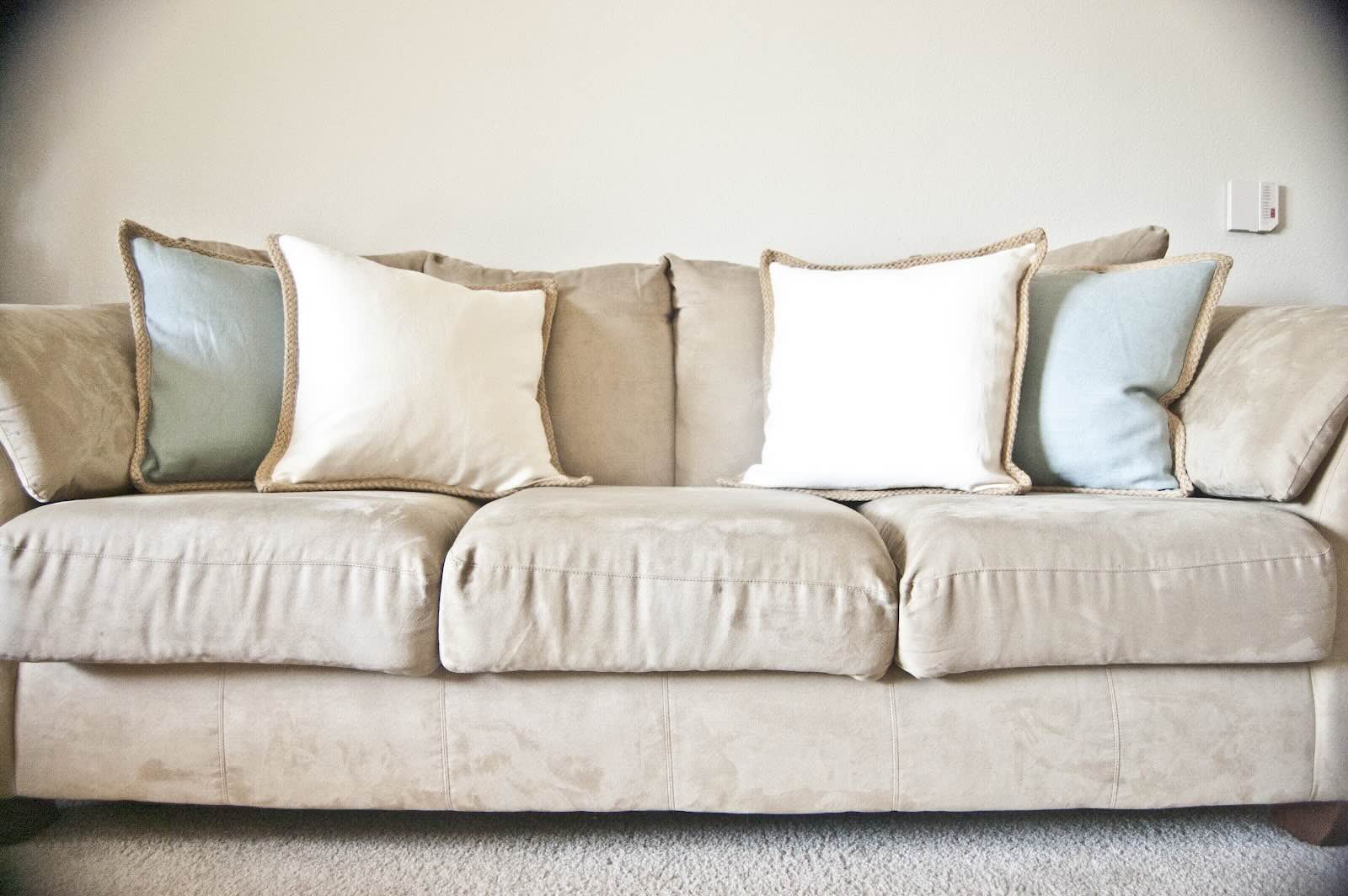

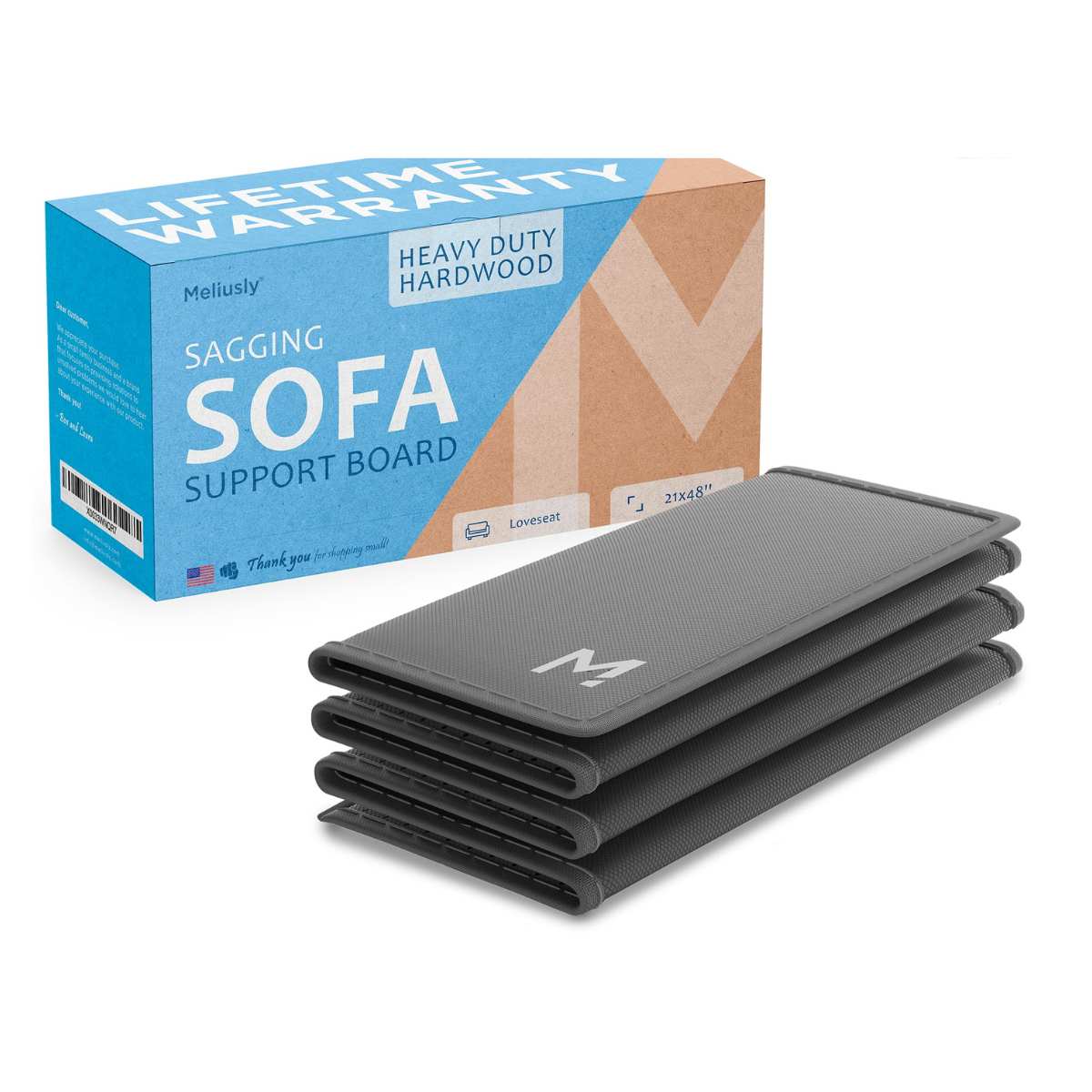
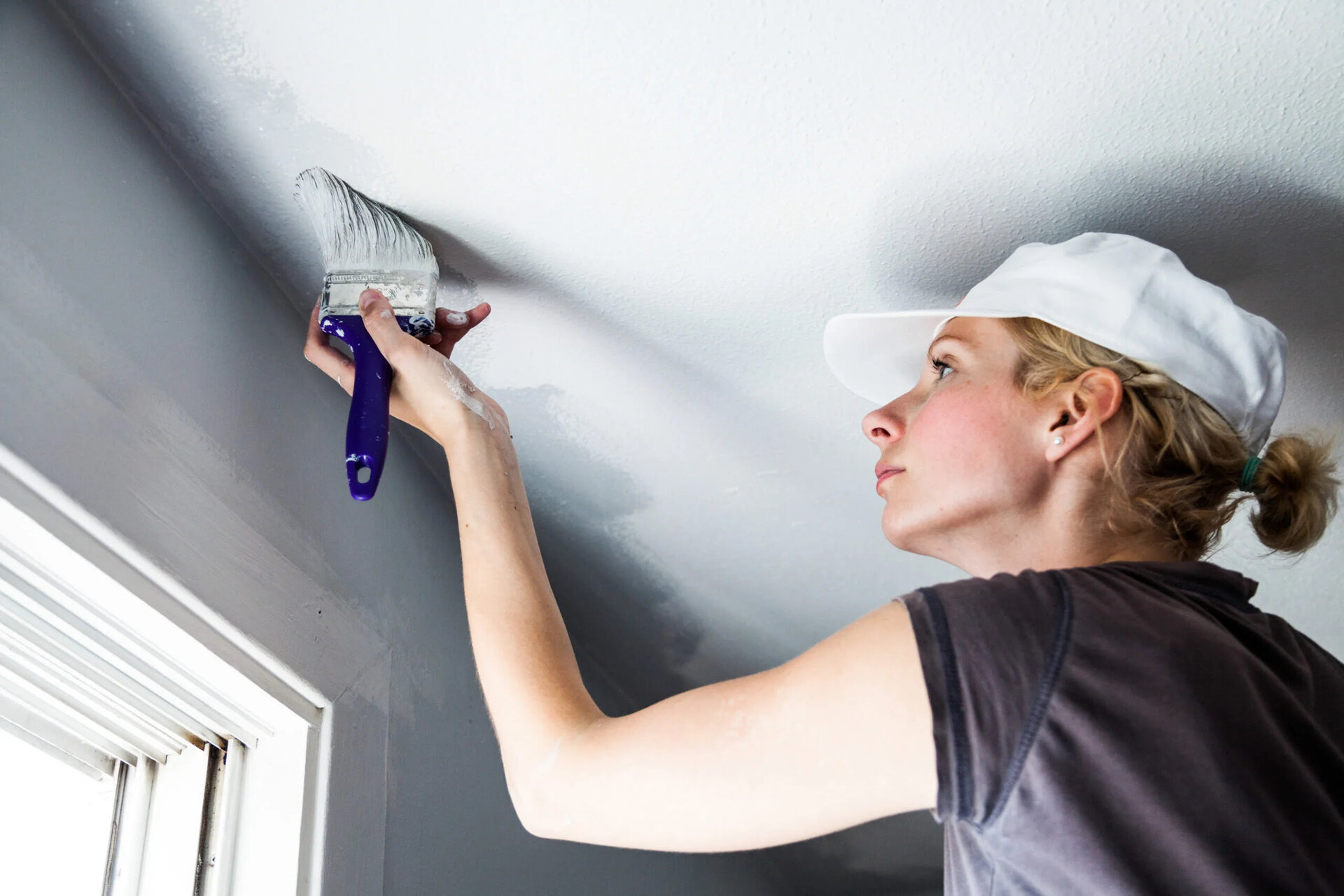
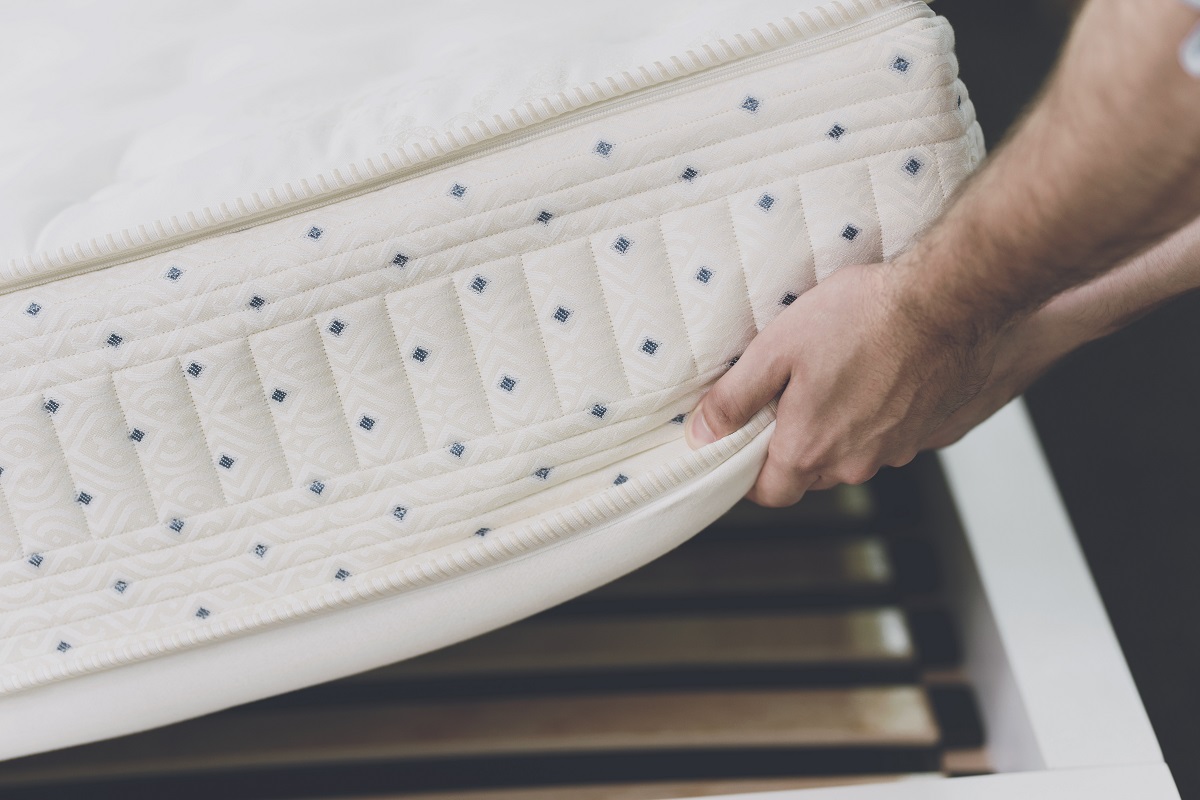
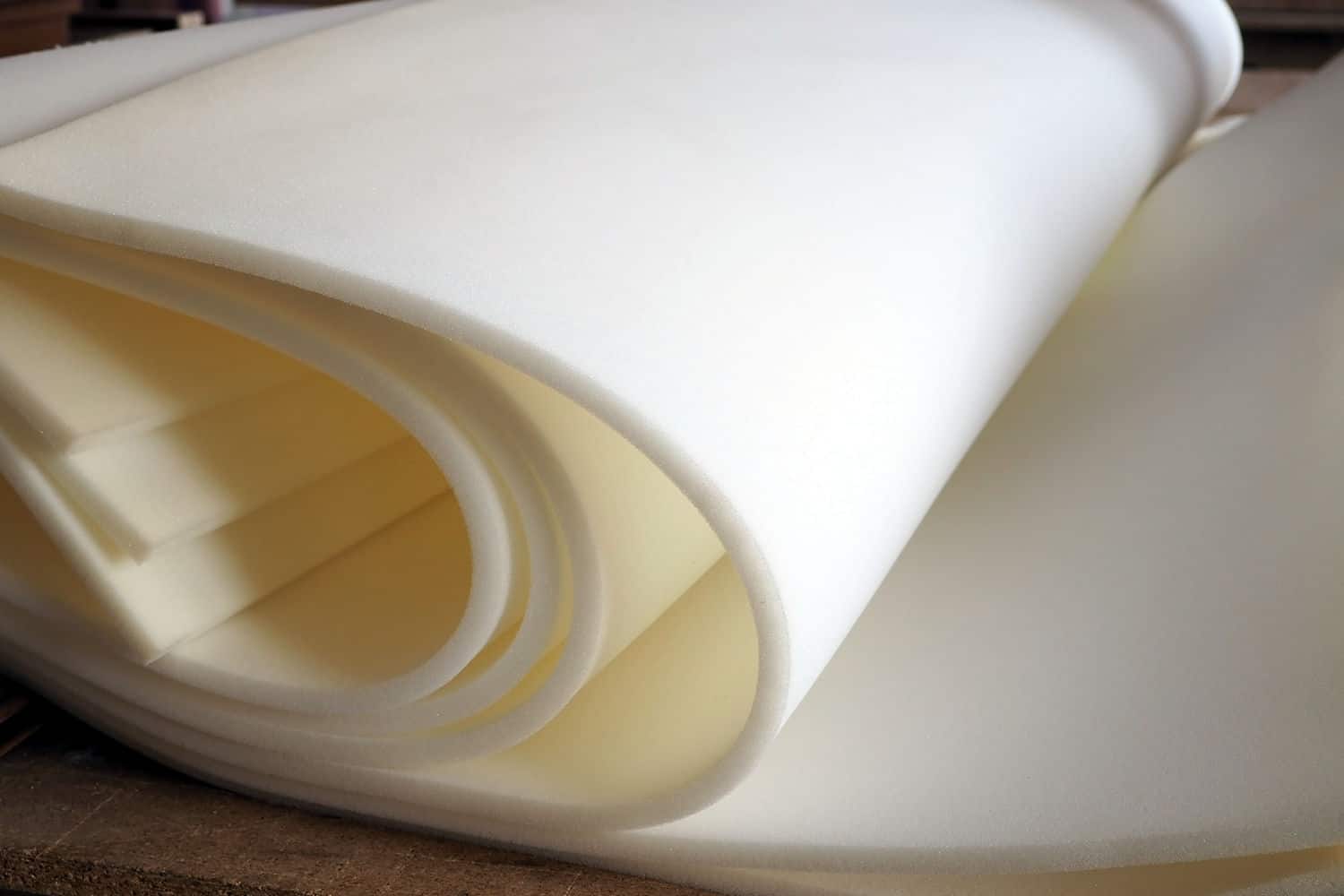
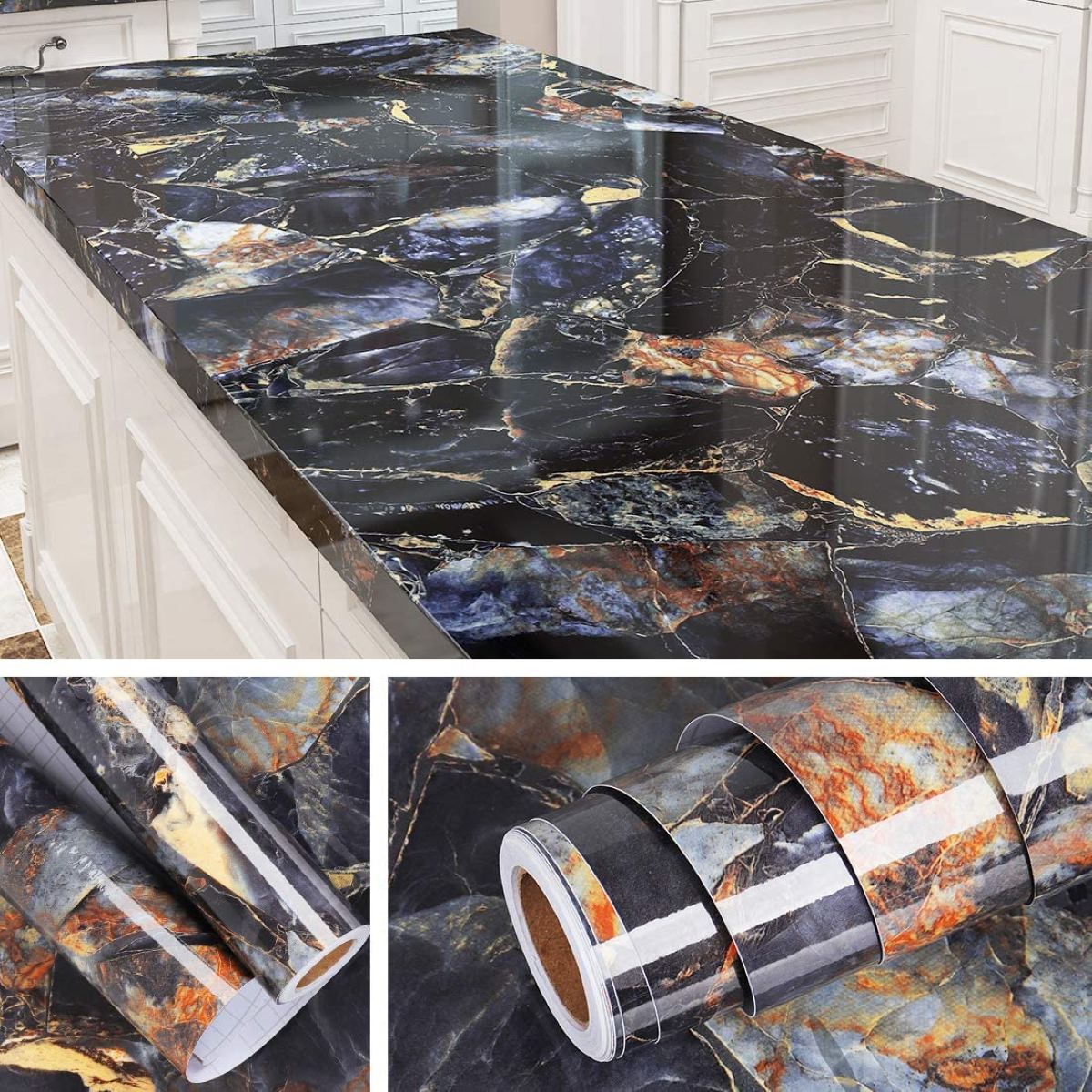
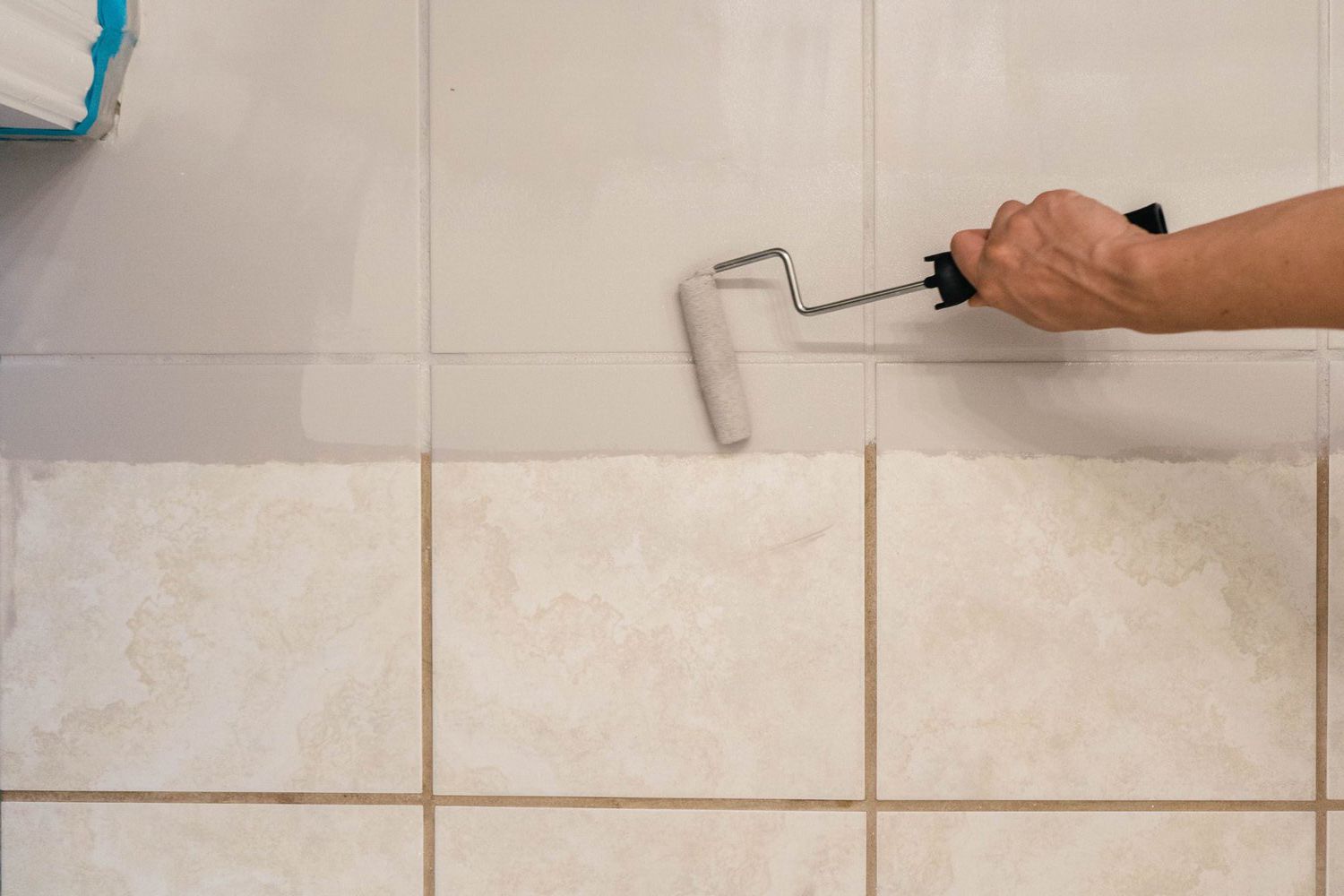
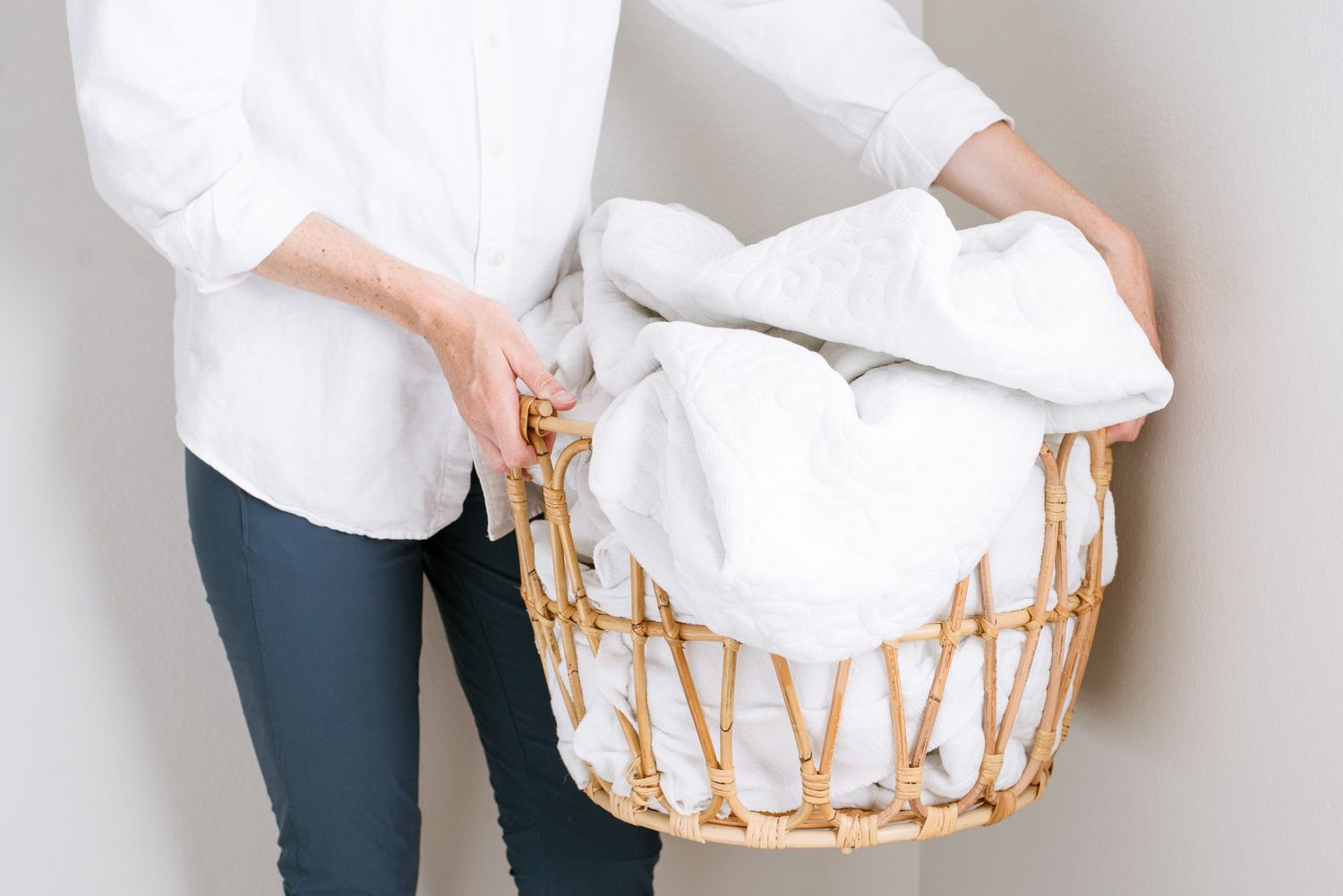

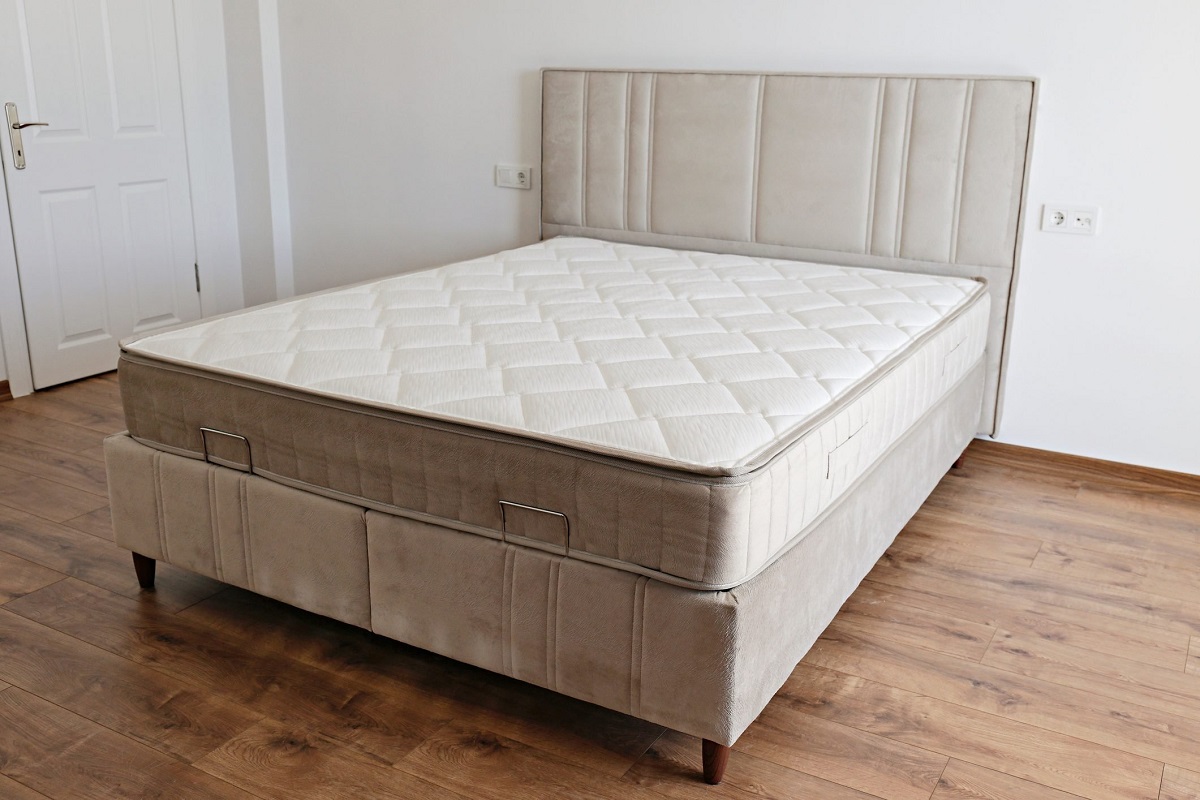

0 thoughts on “Can You Wash Couch Cushion Covers? Expert Advice To Avoid Fading And Shrinkage”